With the U.S. government in the throes of the longest shutdown of any kind in American history, politics in Washington have become even more acrimonious than usual. In the latest drama, Republican President Donald Trump informed Nancy Pelosi, the Democratic Representative from California who is presently Speaker of the House, at almost the very last moment that a U.S. military aircraft will no longer be available to take her on a planned trip to Europe, the Middle East, and South Asia.
Trump alerted Pelosi to the decision in a brief letter on Jan. 17, 2019, delivered on the same day she and her delegation were scheduled to leave to meet with NATO officials in Belgium and U.S. military forces in Egypt and Afghanistan. In fact, members of her delegation were on a bus heading to an air force base right outside of Washington, D.C. when they found out.
Though the President does not refer to it specifically in his message, the missive is clearly a direct response to a letter from the Speaker the day before, in which she had effectively disinvited him from the Capitol to give a State of the Union address at the end of the month. Both of these letters cite the shutdown as the primary reason behind their respective cancelations.
The full text of Trump’s letter is as follows:
Due to the Shutdown, I am sorry to inform you that your trip to Brussels, Egypt, and Afghanistan, has been postponed. We will reschedule this seven-day excursion when the Shutdown is over. In light of the 800,000 great American workers not receiving pay, I am sure you would agree that postponing this public relations event is totally appropriate. I also feel that, during this period, it would be better if you were in Washington negotiating with me and joining the Strong Border Security movement to end the Shutdown. Obviously, if you would like to make your journey by flying commercial, that would be your prerogative.
I look forward to seeing you soon and even more forward to watching our open and dangerous Southern Border finally receive the attention, funding, and security it so desperately deserves!
As this drama was playing out, plane spotters online watched as a C-32A bearing a callsign associated with First Lady Melania Trump took off from Andrews Air Force Base right outside of Washington, D.C. and began flying an otherwise typical route to Southern Florida. Throughout his presidency, Trump and his family have made regular trips to his resort at Mar-a-Lago, costing taxpayers millions and stretching security resources thin.
The shutdown has been going on since Dec. 22, 2018, after Trump informed the leadership of his own party in Congress that he would not sign any funding bill that did not include additional money for a new border wall. Republicans and Democrats had looked set to pass a bipartisan deal that did not include the wall funding. In January 2019, the Democrats took control of the House of Representatives and have since reiterated their intent to reject any new measure that gives extra funds for the wall and border security enhancements beyond the $1.6 billion they had previously agreed to.
Though it seemed to be a political decision in part, in her letter regarding the State of the Union address, Pelosi had rightly cited how demanding such an event is on the Secret Service and other federal security services, some of which are now working without pay due to the shutdown. A State of the Union address involves putting the President, the Vice President, both chambers of Congress, and a host of other officials, dignitaries, and private citizens all under the same roof, which presents massive security concerns, especially for a government that is not running at full capacity.
Trump’s citing of the shutdown in his own retaliatory decision is spurious, since the U.S. military is presently fully funded. U.S. military aircraft have performed dozens of so-called Special Air Missions shuttling high-level government officials around since the shutdown began, including Melania’s latest trip to Florida.
A spokesperson for Pelosi specifically highlighted that that the President had flown to Iraq during the shutdown, as did a delegation led by Representative Lee Zeldin, a Republican from New York. On Jan. 17, 2019, Trump did cancel plans for a delegation to attend the World Economic Forum in Davos in Switzerland later this month, which would have used military airlift to get there.
The exact chain of events leading up to the cancelation of Pelosi’s trip are somewhat muddy. It appears, on the most basic level, that Trump simply ordered the U.S. military to withhold the airlift support in his capacity as Command in Chief.
The Office of the Secretary of Defense had originally tasked the Air Force’s 89th Airlift Wing, the U.S. military’s premier VIP air transport unit, which is situated right outside of Washington, D.C., to fly Pelosi to her destinations, according to Military Times. “The tasking has been turned off,” an unnamed defense official told that outlet, confirming that there were aircraft otherwise available for the trip.
Despite Trump’s letter, that individual did not specify whether the order had come from the White House originally. Another anonymous senior administration official later confirmed this was the case, but insisted that the decision was part of a broader decision to ban congressional delegations from using military aircraft going forward until the end of the shutdown, according to ABC News.
The timing seems particularly suspect for this to have been a more general decision. Especially considering that members of Pelosi’s delegation were on a bus bound to Andrews when they found out the trip had gotten canceled.
Of course, Trump has no legal authority to restrict Pelosi’s personal movement or to prevent her from traveling to fulfill her Congressional duties. As he notes in his own letter, she is more than welcome to fly commercially to any of the destinations in question. But this might not be an option for the Speaker for security reasons.
It’s not clear what type of plane Pelosi was scheduled to use for this particular trip, but it would likely have been one of the 89th’s four C-32As, commonly known as Air Force Two, or a C-40, which are Boeing 757s and 737s in U.S. military specific configurations respectively. The Wing is also responsible for flying the two heavily modified VC-25A used as Air Force One, which are specifically set aside for the presidential airlift mission, as well as various smaller business jets. All of these planes have varying degrees of secure communications capabilities and many have directional infrared countermeasures systems to help protect the plane against heat-seeking missiles.
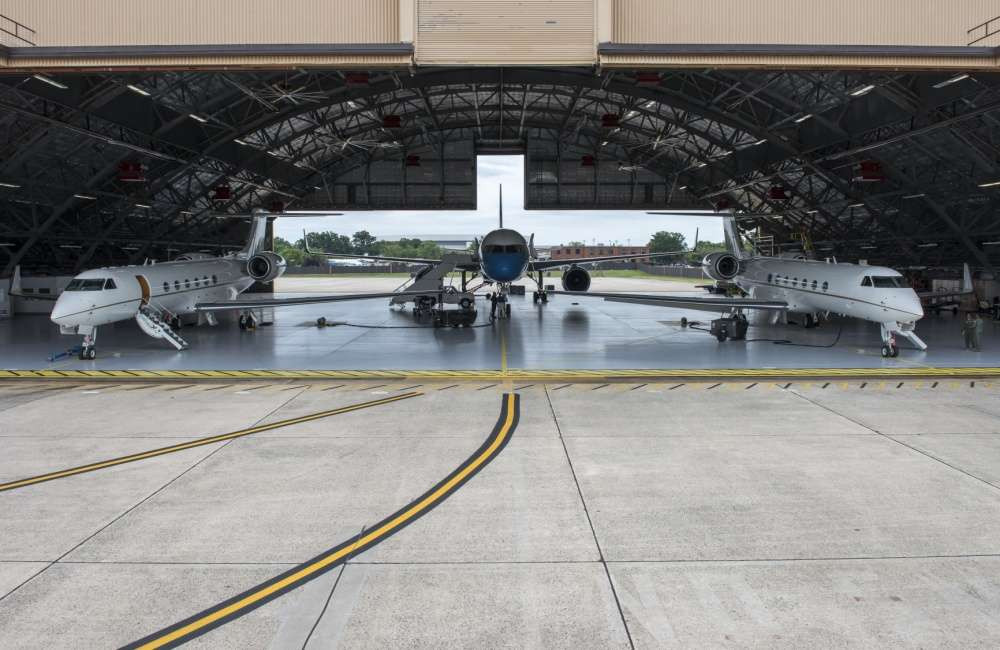
These features may not have been necessary for traveling to Belgium, but flying commercial would simply not offer the security guarantees, either in terms of the plane’s specific defensive capabilities or airport security on the ground at any one stop, for such a high ranking American official flying to Egypt or Afghanistan.
Just on Dec. 28, 2018, a roadside bomb killed three Vietnamese tourists and an Egyptian tour guide who were visiting the pyramids at Giza, outside the Egyptian capital Cairo. Egyptian authorities blamed the attack on ISIS-affiliated terrorists based in the Sinai peninsula. That same group claimed responsibility for blowing up Metrojet Flight 9268 after it left Sharm El Sheikh International Airport on October 2015.
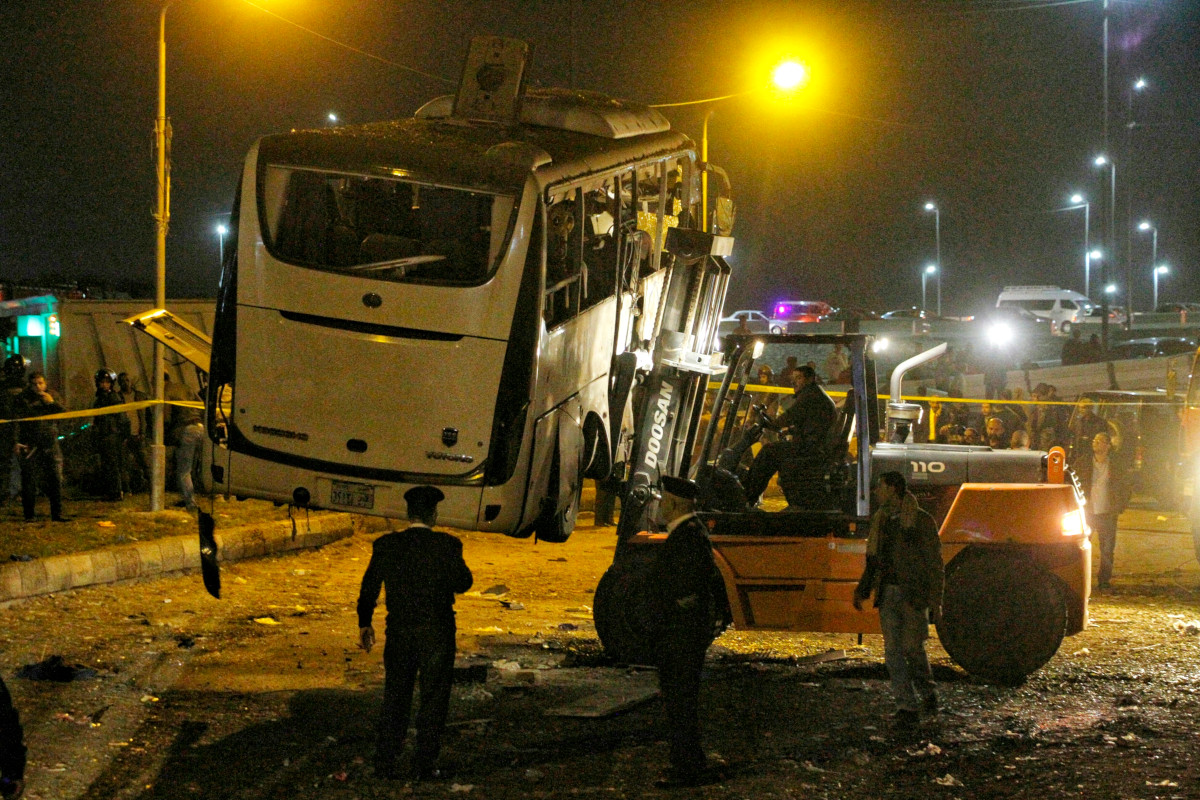
Afghanistan poses even greater dangers and much of the country is an active war zone. When then-Secretary of Defense James Mattis arrived in that country for a visit in September 2017, he did so, as most senior U.S. officials do, in a secretive, unannounced fashion.
It was good that he did, too, because the Taliban quickly rallied their forces in and around the country’s capital Kabul to launch a brazen attack on Hamid Karzai International Airport just hours after he touched down. The city is so dangerous that regular U.S. government workers in the city use a special helicopter service to make the five minute trip from the airport to the U.S. Embassy every day.
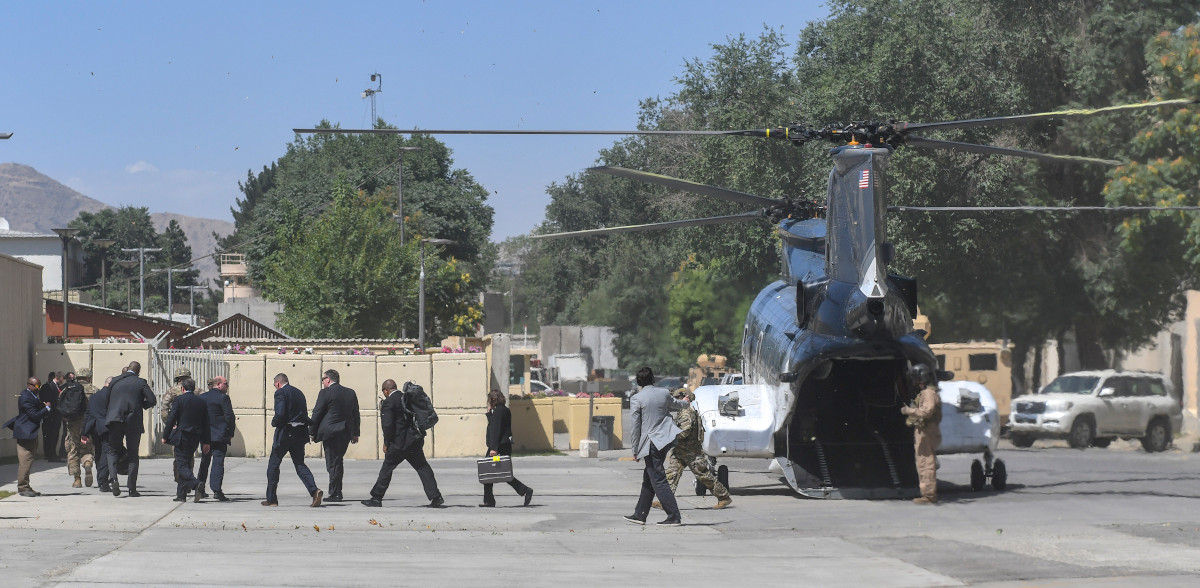
So, while Trump cannot specifically prevent congressional delegations from traveling abroad, or anywhere for that matter, halting access to military aircraft can only make those trips difficult, if not impossible to plan. Beyond the basic security concerns, a lack of military airlift support could make these trips a virtual non-starter for the Speaker of the House specifically, too.
Under U.S. law, if the President dies or is otherwise incapacitated, and the Vice President is unable to assume their duties, the Speaker is the next in line to take over the role of the country’s chief executive. What this means is that Pelosi, like Trump himself, is at the mercy of security assessments when making decisions to travel due to her position as the third individual in line to ensure a so-called “continuity of government” in a crisis.
Until the 9/11 terrorist attacks, Speakers of the House had flown commercially just like any other member of Congress. Since then, however, it has been the standing practice to provide them with military aircraft to both ensure their safety and make sure they remain in constant, secure contact in case of any contingency.
Today, it is the House Sergeant at Arms, who Representatives elect at the start of each new Congress, who determines the risk associated with particular trips and recommends the Speaker use military aircraft based on those assessments. They are also the one who then makes the request to the U.S. military to provide those aircraft as necessary.
There is no apparent formal requirement that the Speaker must follow this advice, though. For domestic trips, past Speakers, including Pelosi, have regularly flown on commercial airlines domestically. But for longer trips outside the United States, where connectivity and security becomes a major issue, it’s unlikely that a commercial option would be well advised, if feasible at all.
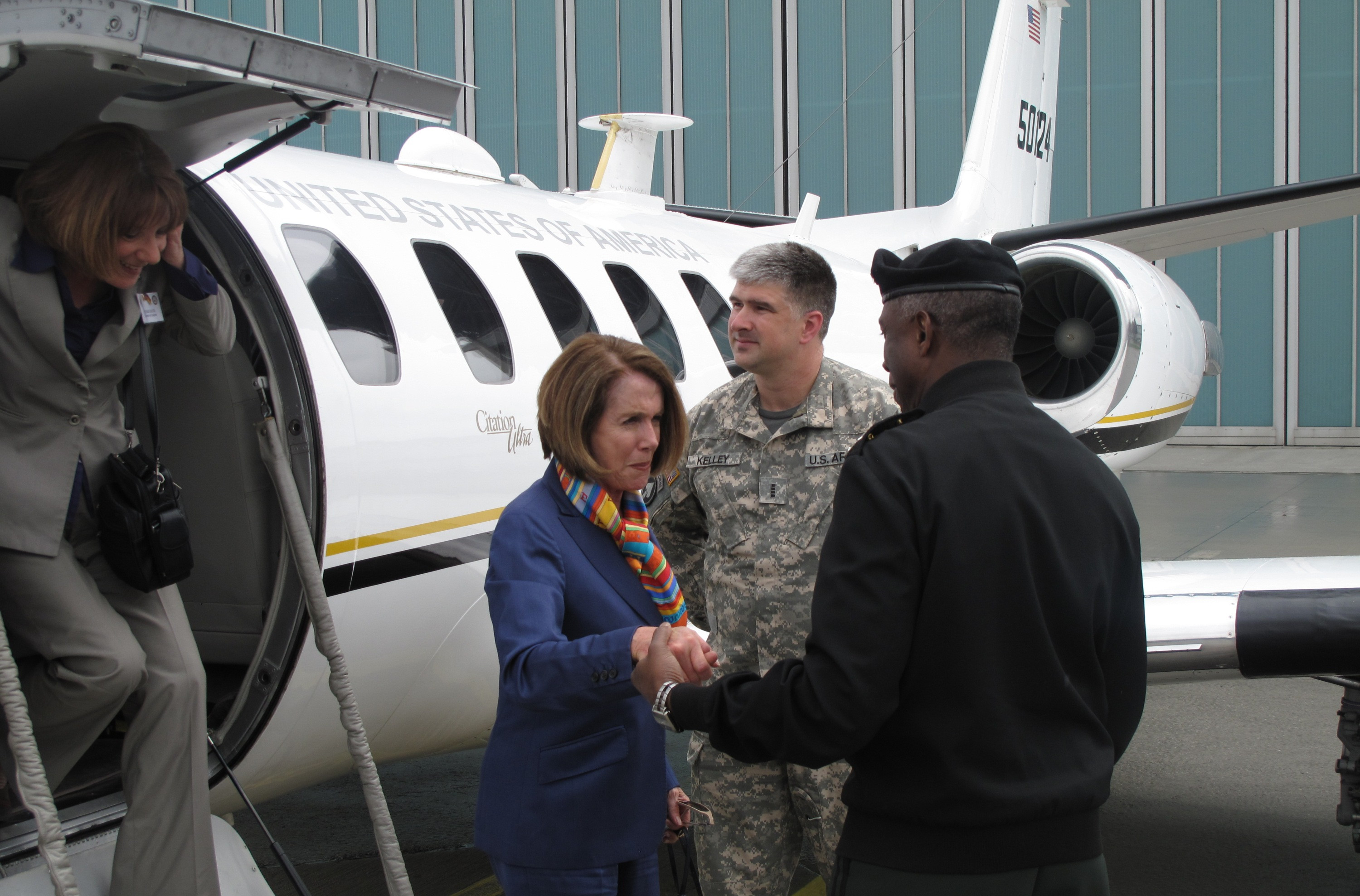
Pelosi is no stranger to these issues, either. After she first became Speaker of the House for the first time in 2007, her critics accused her of abusing the use of military planes to fly to and from her home in California, among other locations, and for using the more expensive C-32s rather than smaller aircraft.
Reports and official records subsequently confirmed that as of the end of 2008, she only used a C-32 once, when smaller planes were not available. In 2009, additional documents showed that she actually used military aircraft for travel less than her predecessor, Illinois Republican Dennis Hastert and often times flew commercial domestically.
In at least one particular instance, there was a particularly contentious debate within the Air Force itself about whether or not to meet a request from the Speaker’s office to have the plane reposition from San Franciso International Airport to Travis Air Force Base, which was closer to her home in the Napa Valley, but outside of the Congressional District she represented.
An Air Force official made clear that this was not possible and that the White House and the Secretary of Defense only approved operations to and from Washington, D.C. and the airport in San Francisco, adding that even repositioning the plane nearby would cost thousands of dollars. Eventually, this conflict was solved by allowing the jet to fly direct to Travis, making only one stop and obviating the need for any repositioning.
It’s hard to believe that Trump, or at least members of his staff, aren’t aware of the complexities of having the third person in line for the Presidency travel overseas and to a war zone. White House Press Secretary Sarah Sanders essentially admitted to ABC News later in the day that trying to limit Pelosi’s movement was the plan all along.
“We want to keep her in Washington,” Sanders said. “If she leaves she guarantees that the second round of paychecks to workers won’t go out,” she added, an implicit threat from Trump to block some number of future funding bills if Pelosi does seek alternative transportation for her trip.
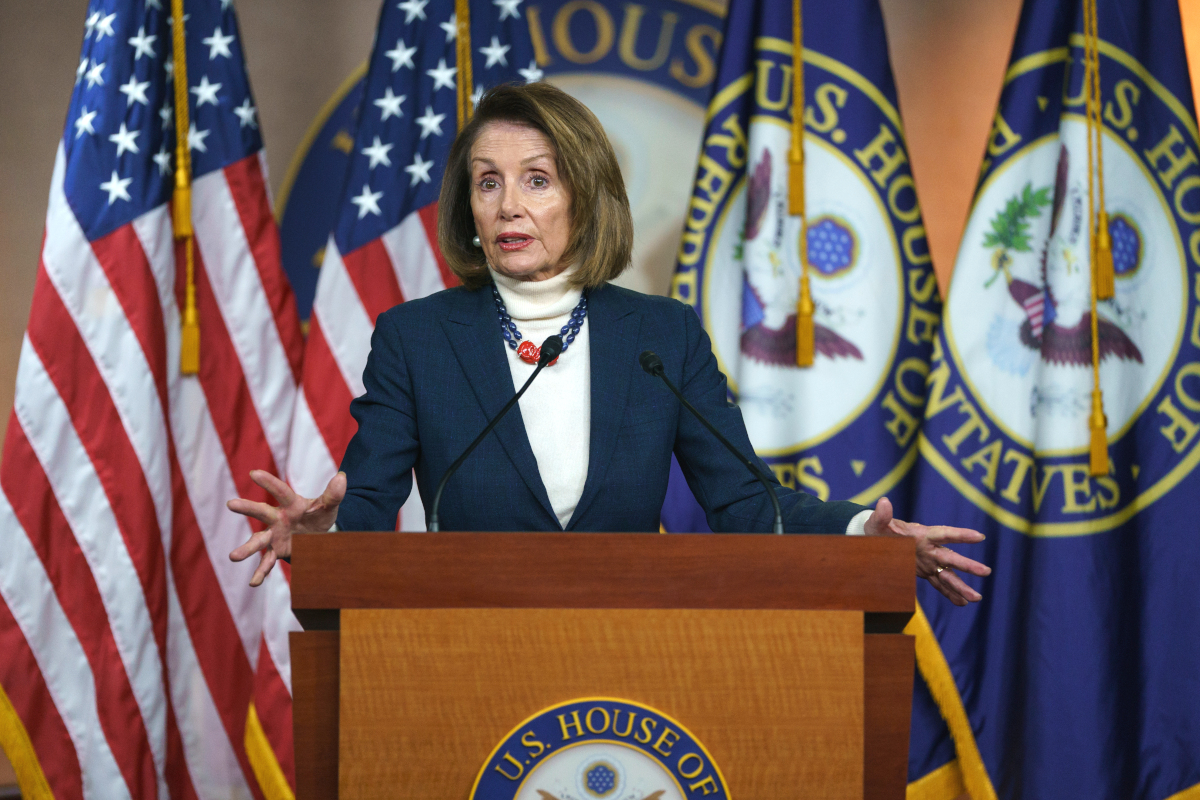
All this is a very worrisome development for Trump and Pelosi, and any of their political opponents. To be playing tit-for-tat politics with the U.S. national security apparatus sets a dangerous precedent going forward and it’s not even the first time the Trump Administration, in particular, has reportedly used this kind of leverage to block political opponents from visiting sensitive locations overseas. At the same time, multiple administration officials have been placed under investigation for using federally owned or paid for aircraft for non-essential business.
Beyond simply eroding basic norms, Trump’s last-minute decision also disrupts all the other associated planning that would have gone into the trip, including sorting out various security and logistics issues, among others. U.S. officials in Belgium, Egypt, and Afghanistan had no doubt made extensive preparations to receive Pelosi and her entourage. There’s no way to get the massive amount of wasted man-hours back and the money spent on various items and services may now be sunk costs, as well.
All this also draws attention to Pelosi’s decision to leave Washington, D.C. during the longest government shutdown in history. Although her stops in Europe and the Middle East are clearly important, the situation at home is becoming increasingly dire. As such, jetting off overseas why federal workers can’t pay their rent and face financial ruin probably isn’t what most would consider “good optics.”
With no end to the shutdown in sight, it, unfortunately, seems very possible that we will see more of these tit-for-tat political maneuvers, none of which do anything to resolve the current impasse, get the U.S. government back up and running, and ensure hundreds of thousands of federal employees get their paychecks on time.
Update: 1/18/19—
Speaker of the House Nancy Pelosi’s spokesperson has released a statement saying that the Speaker initially hoped to continue with the trip by alternate means, but that an updated threat assessment from the Department of State’s Diplomatic Security Service had indicated “that the President announcing this sensitive travel had significantly increased the danger to the delegation and to the troops, security, and other officials supporting the trip.” The statement also accused the Trump administration of deliberately leaking information regarding the alternative commercial flight arrangements.
Contact the author: jtrevithickpr@gmail.com
